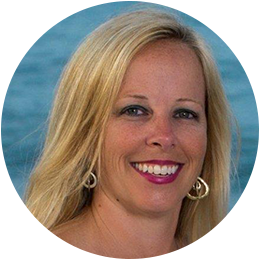
All organizations go through change in resources including leaders. In organizations such as ours, the Echo, SyMed and MSOW teams went through changes over the last several years. We regularly witness this with our clients as well. Leaders who have been with organizations for many years retiring or moving on to new opportunities, staff who have all the knowledge on processes transitioning to new opportunities or being promoted, analysts who support the solutions changing roles or leaving. These leader and staff transitions, though normal in business, often come with a stressful time for the remaining staff.
When we see leaders or staff retiring we are often given time to plan.
The planning for the transition should begin quickly instead of waiting until a couple of weeks before the retirement. We often see that a replacement has not been immediately identified so it goes into a holding pattern. Though understandable, there is time during this holding period to inform and educate the staff that will remain. Documenting processes and the one off situations that happen more than they should can assist others in understanding how things are currently handled. Providing shadowing for identified individuals to understand and hear how processes are handled. Once the replacement is brought on there will continue to be a transitional time so ensuring knowledge is available can reduce the stressful transition.
What happens when it isn’t a retirement or planned leave?
There are times when people leave and it is not a planned event. The transition of knowing what is in process, what commitments may have been made is difficult regardless of the position or organization. What can be done to reduce the stress during this period of time? Setting up processes and ensuring resources stick to the defined processes can help. For example, if you utilize your software to track in process applicant’s and expect the resources to add notes and indicators as they are processing files, others can quickly see what the last step with a file was. Creating a structure in the teams so there is cross-training also assists in the transition. This can help to ensure someone can take over another individuals tasks without needing to re-learn in a short period of time. Documenting processes and ensuring all staff are aware of where the documentation is – and keeping it updated as changes are made.
All transitions are hard – no matter if it’s a personal or professional change. Preparations including documentation, cross-training, solution standards can reduce the difficult transition.
